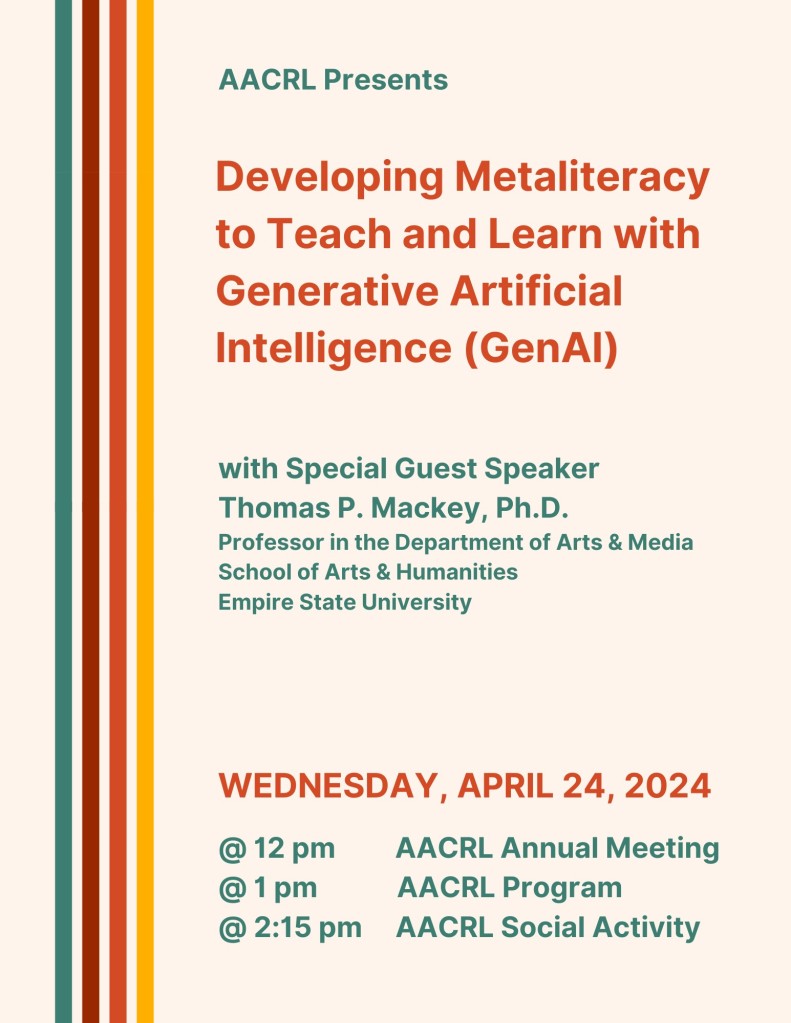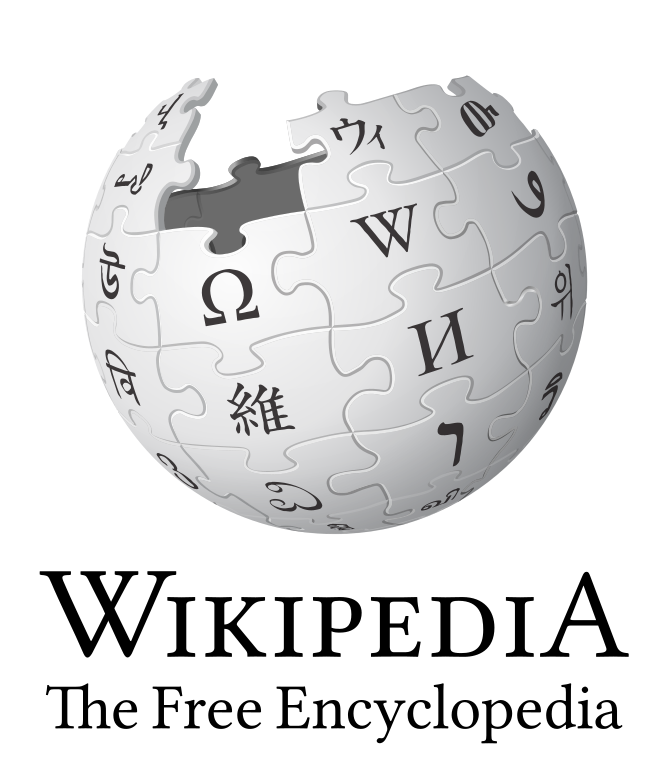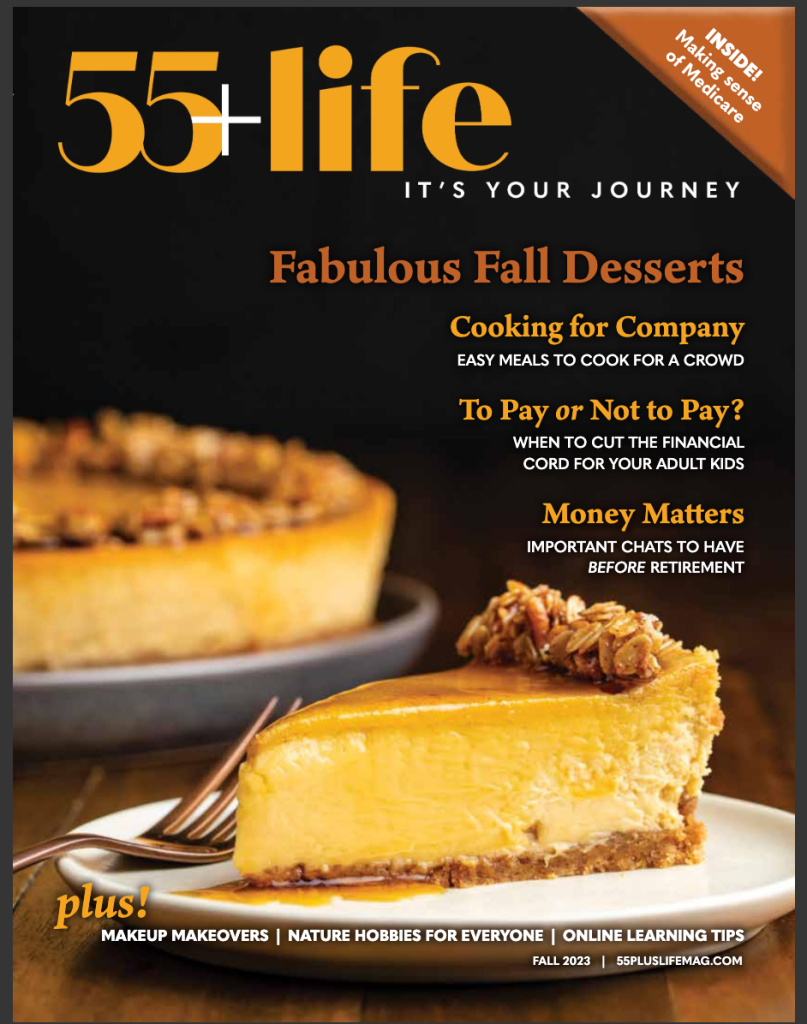This second From the Literature post brings to your attention a 2022 article by Alison Hicks and Annemaree Lloyd, “Reaching into the basket of doom: Learning outcomes, discourse and information literacy,” published in the Journal of Librarianship and Information Science.
Hicks’ and Lloyd’s article, the third in a series, “employs the theory of practice architectures and a discourse analytical approach to examine the learning goals of five recent English-language models of information literacy” (p.1). The five models, all developed since 2010, include two from the UK: ANCIL and SCONUL’s Seven Pillars, and three from the US: AACU, the ACRL Framework, and Metaliteracy. Table 1 provides an illuminating overview of the origins and characteristics of each of the models, which is then explored in more detail in the literature review section. The authors compare these new models from the “second wave of constructivist-focussed information literacy models (Hicks and Lloyd, 2016)” with first wave models, including the ACRL Standards. [Hicks A and Lloyd A (2016) It takes a community to build a framework: Information literacy within intercultural settings. Journal of Information Science 42(3): 334–343.]
The authors state that
“Since their creation, these models have been widely implemented within North American and UK systems of higher education and have been welcomed by teaching librarians…and teaching faculty, particularly in the area of writing and composition studies…. However, somewhat surprisingly, given the role that models play within teaching librarianship, there have been few attempts to examine and critique these guidelines” (p.4)
(Please see their article for the authors they cite in connection with these statements.) Grounding their work in the theory of practice architecture, they use discourse analysis to examine the learning goals and outcomes of the five models.
This analysis suggests that there are 12 common dimensions across the five models, and the authors provide details of these dimensions in Appendix 1. Hicks and Lloyd assert that the 12 dimensions can be grouped into two categories, Mappying and Applying (p. 6).
The Mapping category encompasses learning outcomes that introduce the learner to accepted ways of knowing or what is valued by and how things work within higher education. Comprised of seven dimensions, including Access, Comply, Disseminate, Evaluate, Identify, Manage and Search, this category inculcates induction into the ways in which information is understood, interpreted and organised within new or specific academic cultures. One of the most prominent emphases within this category is on the mapping of information systems that will contribute to academic success, whether this is the information tools or the information sources that will be useful for academic study. (p. 6)
They continue,
The Applying category encompasses learning outcomes that encourage the learner to implement or integrate ideas into their own practice, including to their own questions, to themselves or to their experience. Forming a more personally focussed approach to learning, this category comprises five dimensions including Analyse, Determine need, Maintain, Reflect and Transfer. (p. 7)
The discussion section not only examines these findings, but also touches upon those aspects of information literacy from the first wave that were not found in the analysis of the five models.
The implications from the authors’ research have a potential major impact on information literacy in higher education:
Beyond helping to demonstrate areas of practice that have been overlooked, this research provides insight into how the writing of learning outcomes could be improved, including by making the language more specific. This research also calls for the broadening of research methods that are used to create institutional models and guidelines…. (p. 9)
As with our first look into the literature, we encourage you to read this critically important article, as this brief overview can not hope to capture the full impact of the authors’ work. It will also afford you the opportunity to understand the article’s title.
Citation:
Hicks, Alison, and Annemaree Lloyd. 2022. “Reaching Into the Basket of Doom: Learning Outcomes, Discourse and Information Literacy.” Journal of Librarianship and Information Science 0(0). 10.1177/09610006211067216




